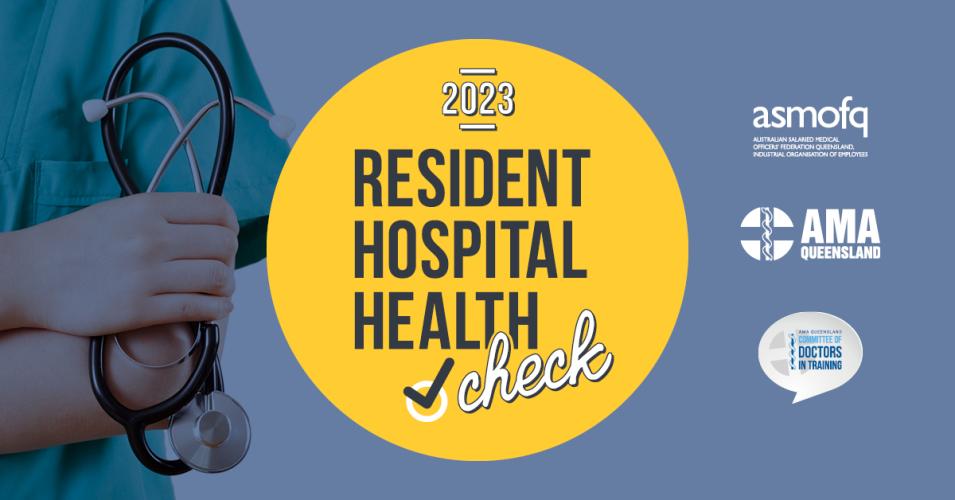Junior doctors feel unsafe at work in Queensland's hospitals
The annual Resident Hospital Health Check has found many of Queensland's junior doctors feel unsafe at work and are worried fatigue from long work hours might cause them to make a clinical error.

ASMOFQ (Australian Salaried Medical Officers’ Federation Queensland) and AMA Queensland's Committee of Doctors in Training (CDT) surveyed 723 interns, house officers and other junior doctors to compare employment conditions in public hospitals around the state.
More than 30 per cent of respondents felt their safety had been compromised at work due to verbal or physical intimidation or threats from patients or other staff.
“Incidents of bullying and harassment remain unacceptably high and require a sustained and systematic response to ensure a work environment that promotes staff and patient safety,” CDT Chair Dr Elise Witter said.
Over 50 per cent of respondents had fatigue concerns, with 18 doctors working more than 24 hours of overtime in a fortnight and 72 doctors working between 14 and 24 hours of overtime on average each fortnight. Only one in 10 doctors worked a standard fortnight with no overtime.
"Chronic understaffing means junior doctors are working significant amounts of overtime, with fatigue and overwork affecting our ability to make good judgements and perform to the best of our ability," Dr Witter said.
“Patients deserve our best.”
Dr Witter said while it was heartening to see an increase in the number of doctors being properly paid for their overtime (89 per cent, compared to 85 per cent in 2022), 43 per cent of doctors claimed only part of their overtime, with an additional 9 per cent claiming no overtime, despite working the extra hours.
"It says a lot about the culture in Queensland hospitals when so many doctors claim only some of their overtime,” Dr Witter said.
Almost 40 per cent of junior doctors believe claiming overtime will negatively affect their workplace assessment, while 22 per cent told us they were advised not to claim their overtime, most often by a more senior medical officer.”
ASMOFQ President Dr Hau Tan said the Resident Hospital Health Check was an important survey to check in on our junior doctors.
“ASMOFQ fights hard for the working conditions and rights of all hospital doctors, and our junior doctors are a particularly important part of our workforce,” Dr Tan said.
“It’s critical that junior doctors are paid for all the hours they work, and that overtime and fatigue are managed appropriately.
"Because they have just started their careers, they are also vulnerable to bullying, discrimination and harassment, as well as not speaking up for fear of harm to their career progression.
“ASMOFQ will continue to support and advocate for doctors to ensure that their workplaces are safe and their working conditions are protected."
AMA Queensland President Dr Maria Boulton said early career doctors were among the most vulnerable financially and emotionally.
"Our most junior doctors are in their first few years of dealing with life-or-death situations, which takes a huge emotional toll,” Dr Boulton said.
“AMA Queensland continues to hold meetings with the HHSs to highlight the needs of junior doctors, senior doctors and IMGs. It’s good to see a greater focus on supporting junior doctors, but HHSs still have a way to go to provide a more positive and support culture for our doctors.
“AMA Queensland would also like to see greater efforts at retaining existing junior doctors by prioritising their wellbeing, managing their workload and ensuring they have quality training opportunities.
“We know that trainee doctors pore over the results of the Resident Hospital Health Check when they make their decisions about their next year’s placements and we hope this report helps them to make choices that are in their best interests and in the best interests of the communities they serve.”
Survey respondents said the top three most important domains when making a decision about placements are:
- Clinical rotation preferencing and allocation
- Being appropriately paid for unrostered overtime worked
- Annual Leave process and allocations



